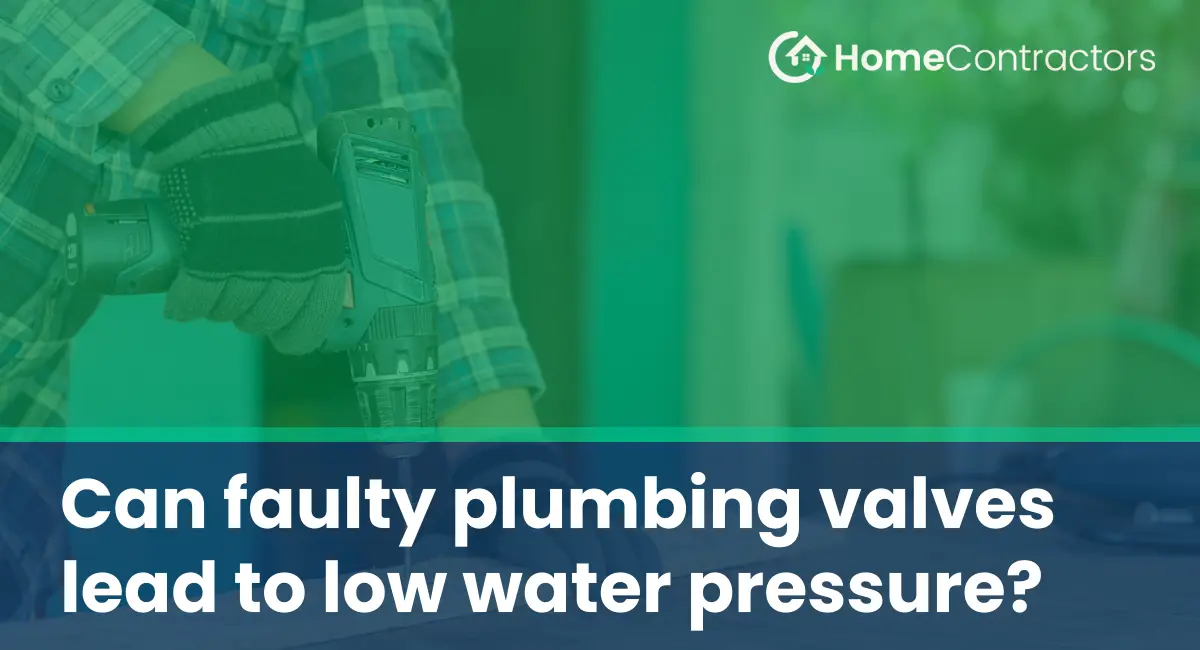Water pressure is a crucial factor in maintaining a functional plumbing system. Low water pressure can be frustrating and make daily tasks like showering or washing dishes more time-consuming. While there can be several reasons behind low water pressure, one common culprit is faulty plumbing valves. In this article, we will explore how faulty plumbing valves can lead to low water pressure and discuss possible solutions to rectify the issue.
Understanding Plumbing Valves:
Plumbing valves are essential components of any plumbing system. They control the flow and pressure of water, allowing users to regulate water supply to various fixtures, such as showers, faucets, and toilets. There are different types of valves, including gate valves, ball valves, and globe valves, which all function differently but serve the same purpose of controlling water flow.
The Role of Valves in Water Pressure:
Valves play a crucial role in maintaining adequate water pressure throughout the plumbing system. When a valve is fully open, it allows the maximum flow of water, resulting in optimal pressure. On the other hand, a partially closed or faulty valve restricts water flow, leading to lower water pressure.
Common Faults in Plumbing Valves:
1. Build-up of Sediment and Mineral Deposits:
Over time, sediments and mineral deposits can accumulate inside plumbing valves, causing blockages that impede the flow of water. This build-up restricts the water flow, leading to lower pressure throughout the system.
2. Faulty Valve Seals:
Valve seals are essential for maintaining a watertight seal when the valve is closed. When the seals wear out or become damaged, water may leak, or the valve may fail to close completely, resulting in reduced water pressure.
3. Corrosion or Rusting:
In older plumbing systems or areas with hard water, valves may corrode or rust. Corrosion can weaken the valve structure and lead to leakages or partial blockages, which in turn affect water pressure.
Identifying and Resolving Valve-Related Pressure Issues:
1. Evaluation:
To determine if faulty valves are contributing to low water pressure, it is necessary to inspect the entire plumbing system thoroughly. Check each valve for signs of corrosion, leaks, or blockages caused by sediment or mineral build-up.
2. Cleaning/Flushing:
In cases where sediment or mineral deposits are causing blockages, cleaning or flushing the valves may restore normal water flow. This can be done by carefully removing the valves and soaking them in vinegar solution or using appropriate cleaning agents to dissolve the deposits.
3. Seal Replacement:
If valve seals are worn out or damaged, replacing them is essential for restoring water pressure. Valve seals can be purchased from hardware stores and are relatively easy to replace with the right tools and techniques.
4. Valve Replacement:
In severe cases, where valves are heavily corroded, damaged, or unrepairable, it may be necessary to replace them entirely. Professional plumbers can assist in selecting suitable replacement valves and carrying out the installation process.
Faulty plumbing valves can indeed contribute to low water pressure in a plumbing system. Sediment build-up, faulty valve seals, or corrosion can restrict water flow and affect pressure readings. Identifying and resolving valve-related pressure issues is crucial for maintaining an efficiently functioning plumbing system. Regular maintenance, like cleaning and inspecting valves, along with prompt repairs or replacements when necessary, can help homeowners restore optimal water pressure and improve overall plumbing performance.
